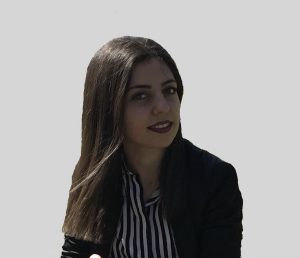 |
Astghik Saharyan
E-mail: astghik.saharyan@gmail.com Phone: +33 (0)3 80 39 59 77 Institution: Université de Bourgogne Franche-Comté supervisor: Stéphane Guérin |
Project title: Robust quantum control methods for light-matter interfaces (mainly WP1 & WP2, also WP4 & WP3)
A major objective of this transverse work will consist in developing versatile robust quantum control schemes that can be applied to CQED, ion traps, NMR, and nanoscale media via surface plasmons driven by laser fields. We will combine single-shot shaped pulse, composite pulse and optimal control techniques. On the basis of the recent UOXF results, we will design specifically robust methods for the model of a CQED / mediating single- and multi-photons network with applications for quantum information processing (multiphoton coding): Complex single- and multi-photonic wavepackets will be produced in a cavity from an atom driven by a laser pulse, before leaking out and resulting in propagating Fock states. The photonic wavepackets will be reabsorbed in an efficient and robust way by another cavity to complete the networking scheme. An important objective will be the transposition of these concepts in quantum plasmonics via single- and multi-plasmons (localized on nanoparticle or delocalized on waveguide) in order to propose schemes of quantum information processing at the nanoscale.
Astghik will be co-supervised by UOXF, where she will provide a theoretical and numerical support for the quantum networks and interfaces developed at UOXF. During the secondment, she will learn about the specificities of CQED systems implemented at UOXF.
Expected results: Robust schemes for quantum networks between cavities. Schemes to entangle quantum emitters via waveguide surface plasmons. Quantum information processing between quantum emitters via nanoparticles or waveguide. Adiabatic Floquet theory for interfacing photon/phonon/laser/atoms.
UOXF = University of Oxford
Articles and reports:
– Article published in Applied Physics Letters (2021), preprint
– Article published in Physical Review A (2020), preprint
